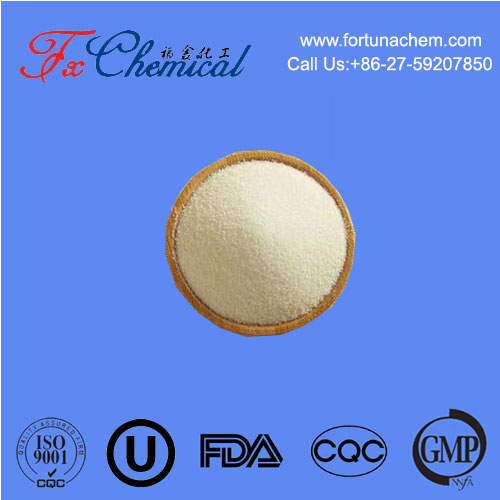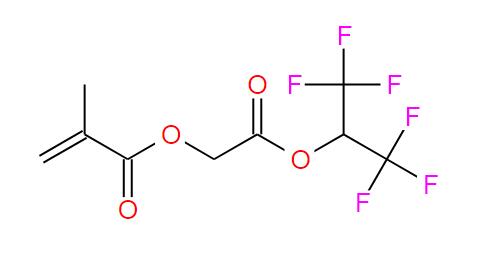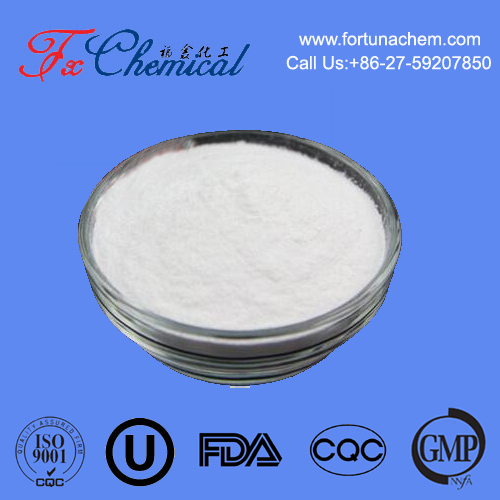
Search

Search

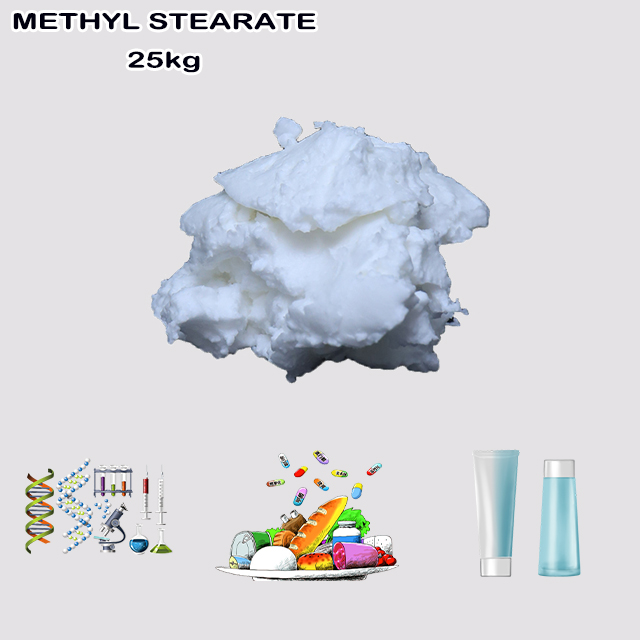
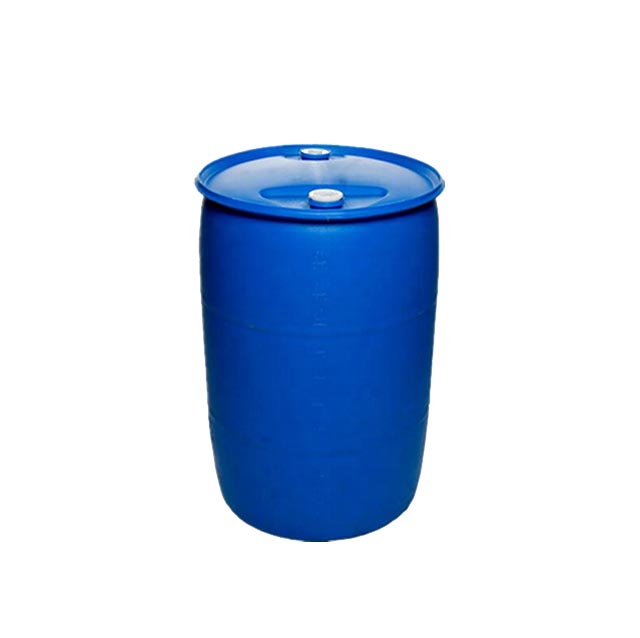
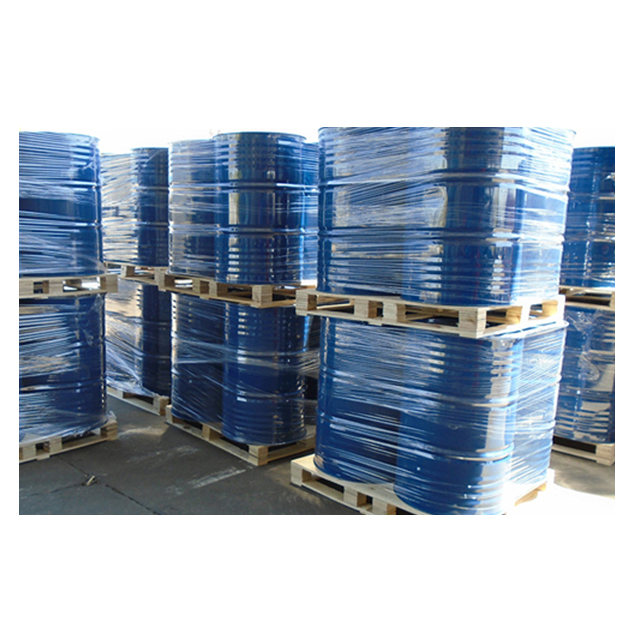
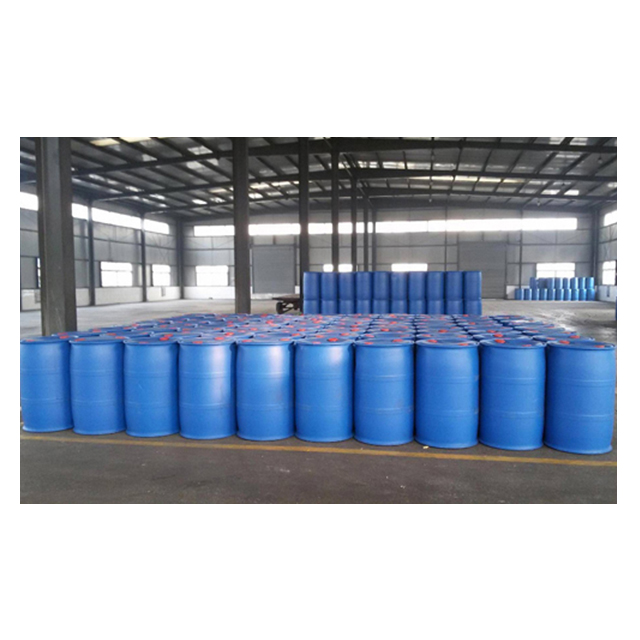
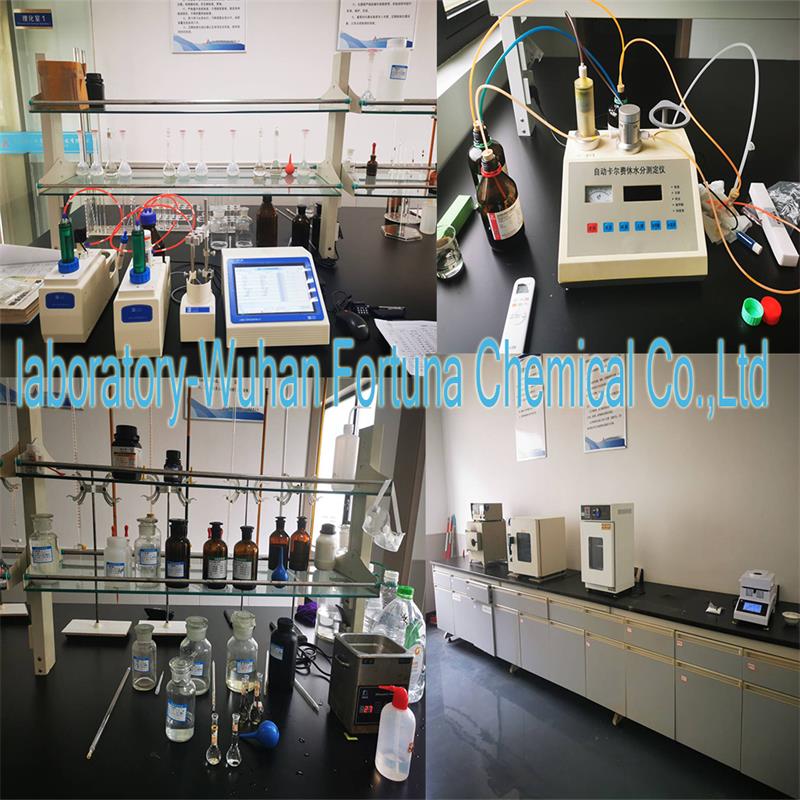





Methyl stearate is used in the preparation of surfactants, lubricants and other organic chemicals.
Methyl stearate is used as a nonionic surfactant, thereby enhancing the solubility of chemicals by dissociating aggregates and unfolding proteins. It is a fatty acid ester, which is used as an emulsifier and stabilizer.
| Product Name | Methyl stearate |
| Apperance | Colorless transparent liquid |
| EINECS | 203-990-4 |
| MF | C19H38O2 |
| MW | 298.5 |
| Assay | ≥99.0% |
| Product parameters | |
| Cas number: | 112-61-8 |
| Appearance: | Colorless transparent liquid |
| Purity: | 99%min |
| Package details: | 200kg/drum |
| Brand: | Fortunachem |
Methyl stearate is a fatty acid methyl ester (FAME) derived from stearic acid, a saturated long-chain fatty acid. Its chemical formula is C₁₉H₃₈O₂.
In simple terms, it is the product you get when stearic acid (found in animal and vegetable fats and oils) reacts with methanol (a simple alcohol) in a process called esterification.
Chemical Structure: It consists of an 18-carbon chain (the stearate part) attached to a methyl group (-O-CH₃) via an ester bond.
Appearance: It typically appears as a white, waxy solid or crystalline flakes at room temperature.
Melting Point: It has a relatively high melting point of around 37-39°C (99-102°F). This is because its long, straight carbon chain allows molecules to pack together tightly, forming a solid.
Odor: It has a very mild, faint, fatty odor, often described as similar to wax or cooking oil.
Solubility: It is insoluble in water but soluble in organic solvents like ethanol, ether, and chloroform. This is a classic property of non-polar, long-chain organic compounds ("like dissolves like").
Methyl stearate is primarily produced through a chemical reaction called transesterification:
Fat/Oil (Triglyceride) + Methanol → Methyl Stearate (FAME) + Glycerin
A source rich in stearic acid (such as hydrogenated soybean oil, tallow, or palm oil) is combined with methanol.
A catalyst (usually sodium methoxide or another strong base) is added to facilitate the reaction.
The reaction breaks the triglyceride molecules from the fat/oil, separating the fatty acids from the glycerol backbone.
The freed stearic acid molecules then attach to the methanol, forming methyl stearate.
It can also be made by the direct esterification of pure stearic acid with methanol.
Methyl stearate is a versatile chemical with a wide range of industrial applications:
Biodiesel Production: It is a key component of biodiesel, which is essentially a mixture of various FAMEs, including methyl stearate, methyl palmitate, methyl oleate, etc. Biodiesel is used as a renewable fuel alternative to petroleum diesel.
Industrial Lubricants and Additives: It is used as a slip agent, lubricant, and anti-static agent in plastics manufacturing (e.g., for polyolefin films). It helps parts slide against each other during processing and in the final product.
Cosmetics and Personal Care: It acts as an emollient (skin softener), opacifying agent (to make products opaque or pearlescent), and viscosity controller in products like:
Creams and lotions
Makeup (e.g., foundations, lipsticks)
Soaps and shampoos
Chemical Intermediate: It serves as a raw material for producing other chemicals. For example, it can be hydrogenated to produce stearyl alcohol, a crucial ingredient for making surfactants and detergents.
Textiles: Used as a softening agent and lubricant in textile processing to make fabrics feel smoother.
Food Industry: Sometimes used as a lubricant in food processing machinery or as a component in food-grade release agents (non-stick coatings for pans and molds).
Research and Standards: Due to its well-defined properties and high purity, it is often used as a standard or reference material in gas chromatography (GC) to identify and quantify other compounds.
Methyl Stearate vs. Stearic Acid: Stearic acid is a carboxylic acid, which makes it more reactive and acidic. Methyl stearate, being an ester, is more stable and has a higher melting point. Esters are generally more soluble in organic solvents and have different applications.
Methyl Stearate vs. Ethyl Stearate: These are very similar, but the alcohol part is different (methanol vs. ethanol). This small difference changes properties slightly, such as melting point and solubility. The choice between them often depends on the desired specification for a particular product.
| Property | Description |
|---|---|
| Chemical Name | Methyl stearate |
| Type | Fatty Acid Methyl Ester (FAME) |
| Formula | C₁₉H₃₈O₂ or CH₃(CH₂)₁₆COOCH₃ |
| Appearance | White waxy solid / flakes |
| Melting Point | 37 - 39 °C (99 - 102 °F) |
| Main Source | Animal fats (tallow) & vegetable oils (palm, soybean) |
| Primary Uses | Biodiesel, Cosmetics, Plastic Lubricants, Chemical Intermediate |
In conclusion, methyl stearate is a commercially important ester derived from natural fats and oils, serving as a foundational ingredient in industries ranging from renewable energy and manufacturing to cosmetics and food processing.
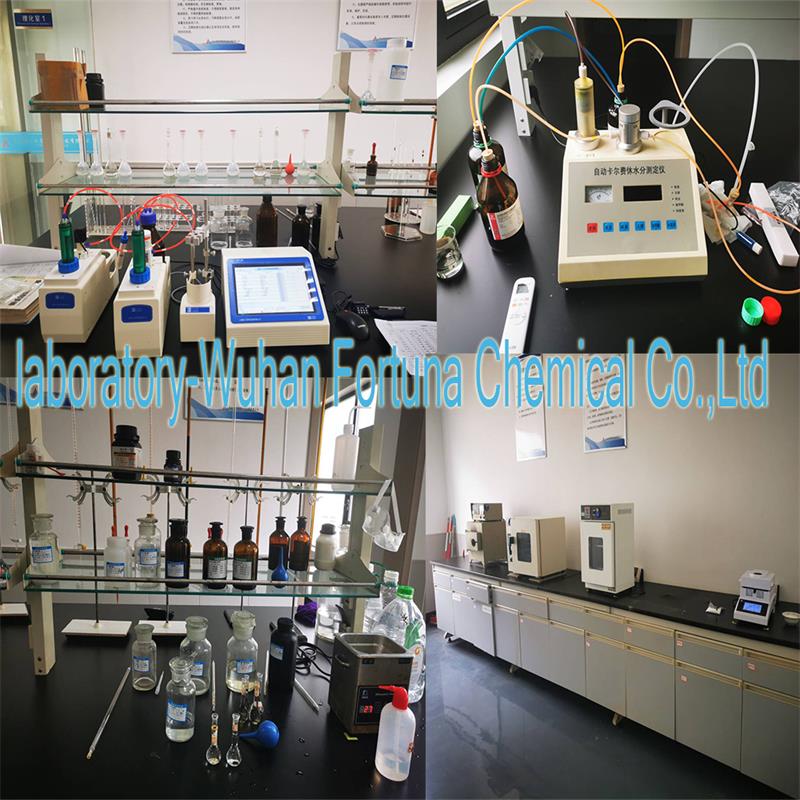
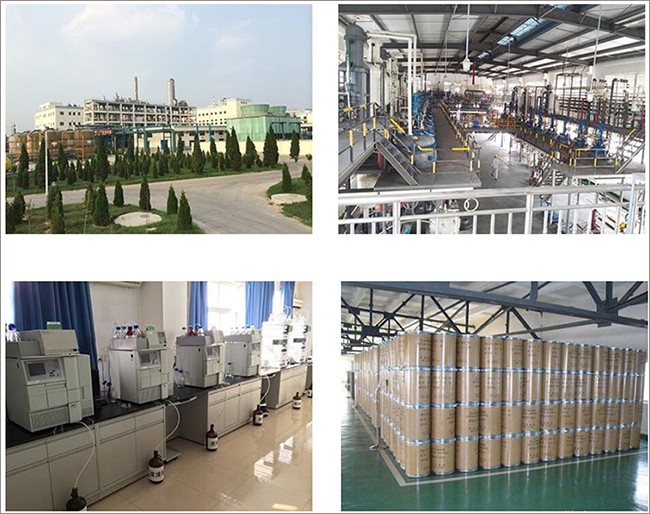
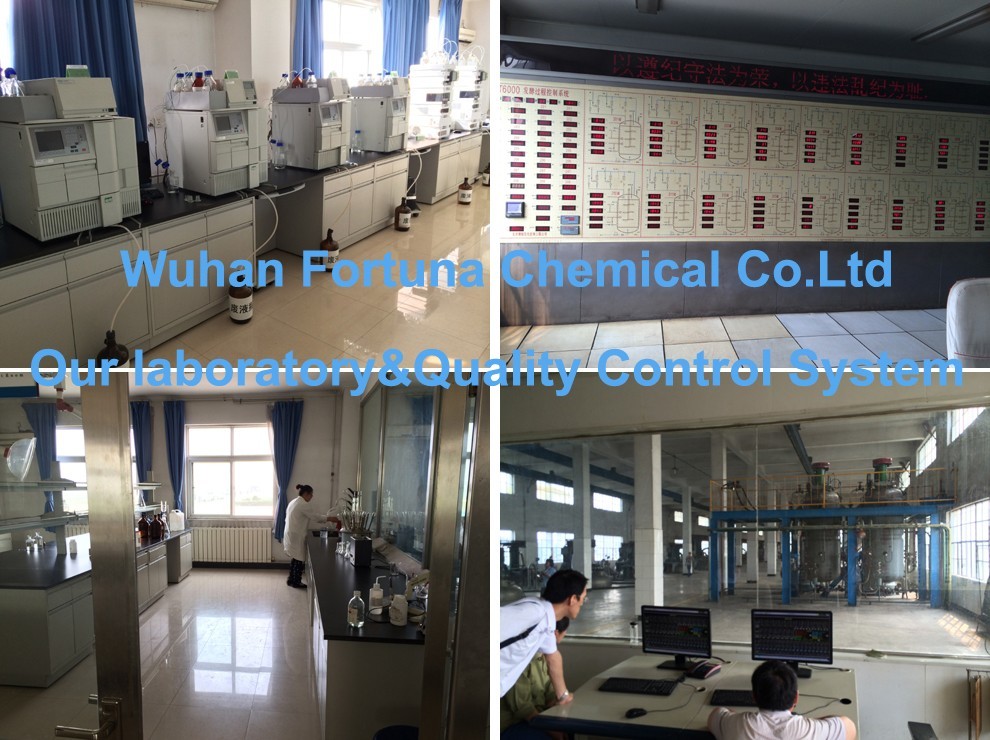
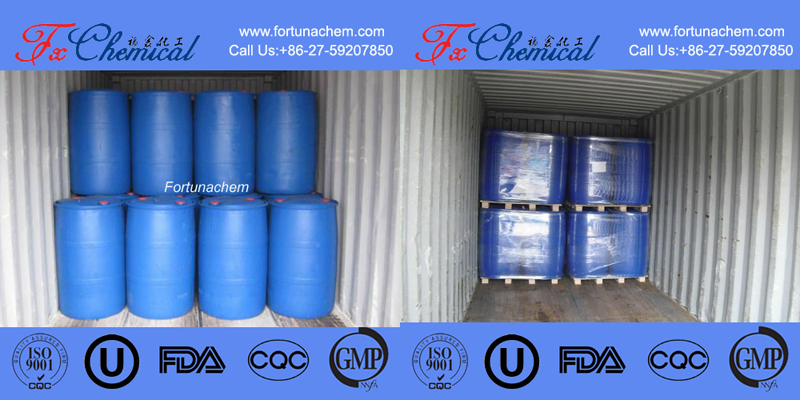
Guaranteed the purity
High quality & competitive price
Quality control
Fast feedback
Prompt shipment


Fortunachem Provides Not Only Professional Chemical Products But Also Professional Help
Keeping you up-to-date with all the latest information, news, and events about Fortunachem!

Quick Links
Add:
E-mail:
 English
English  Español
Español  français
français  العربية
العربية 